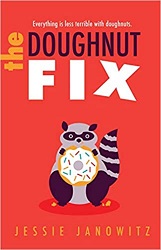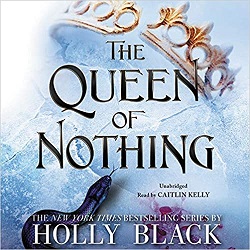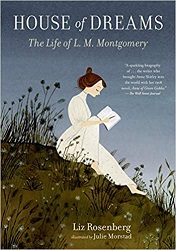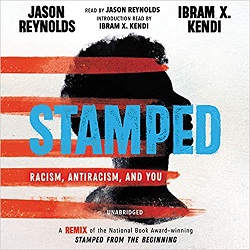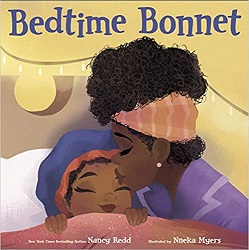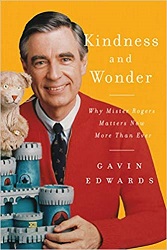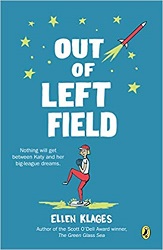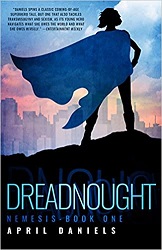Review of So You Want to Talk About Race, by Ijeoma Oluo
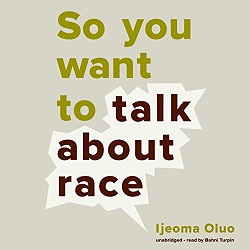 So You Want to Talk About Race
So You Want to Talk About Race
by Ijeoma Oluo
read by Bahni Turpin
Blackstone Audio, 2018. 7 hours, 41 minutes.
Review written June 17, 2020, from a library eaudiobook.
Starred Review
2020 Sonderbooks Stand-out: #7 General Nonfiction
I wish I already knew the things talked about in this book. I wish the topic wasn’t so timely in 2020. And I wish it hadn’t taken timely current events to get me to listen to this book. However, all things taken together, I’m very glad this book exists to educate me about issues of race and how black people in America have many very different experiences than I do. And I’m glad I finally listened to it.
This book is a black person telling things like they are. She doesn’t hold back to spare your feelings. So much of what she says was eye-opening for me. I hadn’t thought much about how the world responds to black people, because the world doesn’t respond to me that way.
I was surprised by how long the book was. It turned out that she had plenty of things to cover, and covered them well. Whatever else I was feeling as I listened to this book, I wasn’t bored for even a second.
I liked the way she approached explaining privilege. She first talked about ways in which she herself is privileged. One of those ways is by having a college degree. Yes, she worked hard for that degree. It did help that she was born into a family that valued education. But once she got the degree, she was able to get better-paying jobs, even when they didn’t use anything she learned while gaining the degree. Just having the degree got her a higher income. Then she encourages the listener to consider their own privilege.
Something disturbing happened during the week I was listening to this book. There have been many protests going on, and some friends of mine actually posted things that exactly fit what Ijeoma Oluo had talked about. One was accusing protesters of “making everything about race.” Another said “I want my country back!,” and yet another posted a video of a white man who’d traveled across America and said what good people he’d found throughout this country and that we should all calm down. That story was nice, but he seemed completely oblivious to what I’d just learned, that if a black man traveled throughout this country, he couldn’t count on a positive and helpful attitude in every neighborhood where he shows up as a stranger. The very idea that black people and people of color have very different experiences in America than white people do was an insight I became much more aware of from listening to this book.
I still have a long way to go. This author, like others, said that you’re going to make some mistakes. But better that than continuing on my oblivious path. And she finished the book with some practical steps those of us with privilege can take.
Find this review on Sonderbooks at: www.sonderbooks.com/Nonfiction/so_you_want_to_talk_about_race.html
Disclosure: I am an Amazon Affiliate, and will earn a small percentage if you order a book on Amazon after clicking through from my site.
Source: This review is based on a library eaudiobook from Fairfax County Public Library.
Disclaimer: I am a professional librarian, but the views expressed are solely my own, and in no way represent the official views of my employer or of any committee or group of which I am part.
What did you think of this book?
